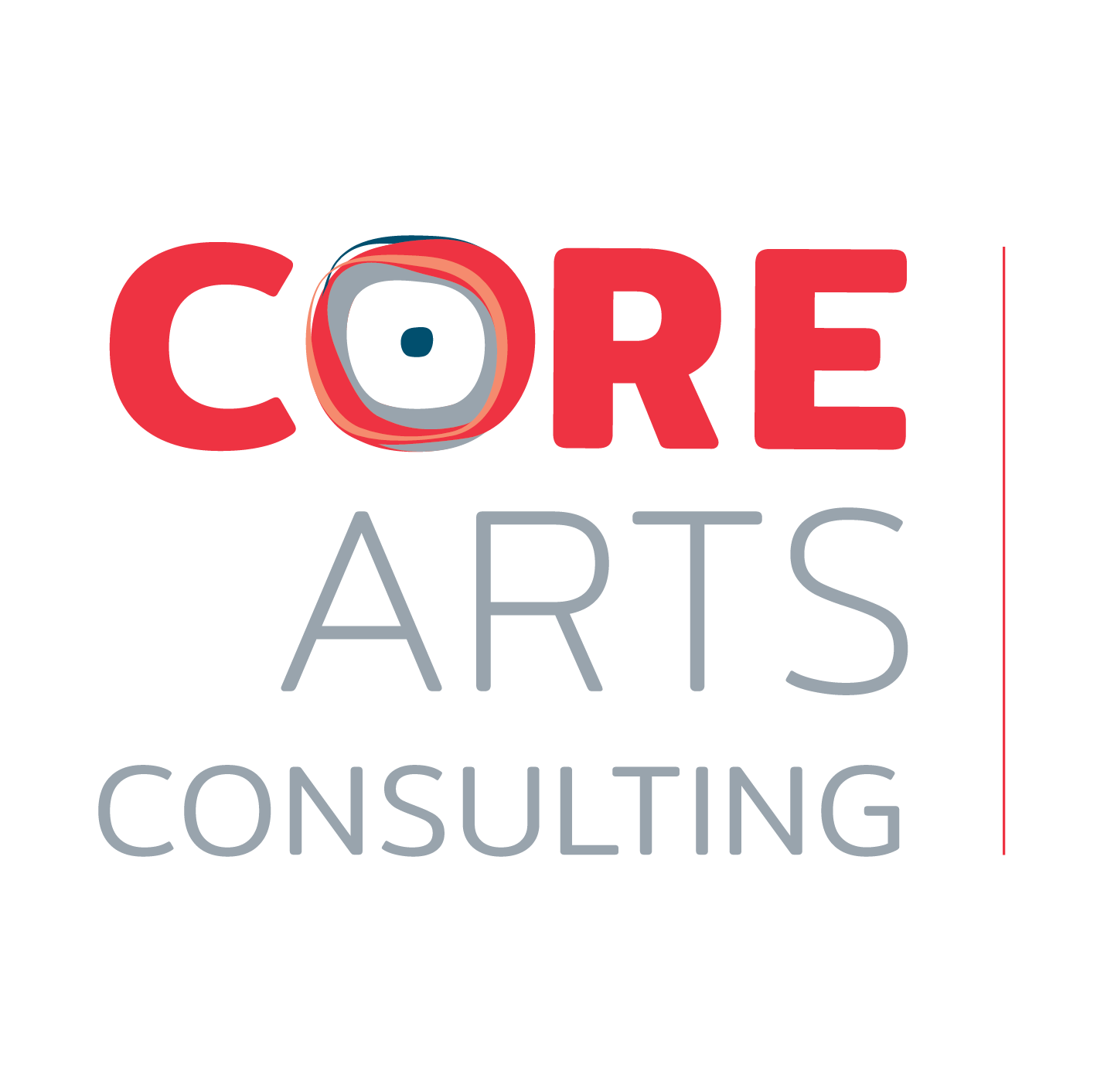by Will Staton
As a child I didn't consider myself artistic. I drew a few pictures, as many children do, and I took music lessons briefly, but had little talent or inclination for it. However, I loved Legos. I had countless sets, and endlessly built, deconstructed, and reimagined them, creating entire pirate and knight worlds that covered tabletops in my childhood bedroom. My parents, thinking I might become an architect, encouraged my interest in Legos.
Perhaps many people wouldn't consider playing with Legos as artistic. I certainly didn't until recently, but of course we count beautiful buildings and monuments as some of our most treasured cultural possessions: The Statue of Liberty; Taj Mahal; Eiffel Tower; shrines and temples and pagodas and churches; and increasingly, iconic skyscrapers, all of these stand out as great artistic achievements. And all of them were designed by people who, as children, played with Legos.
Well not exactly. In fact it's possible that none of these were designed by people who played with Legos, but all of them were designed by people whose minds were nurtured by the creative spark that an arts education provides.
At school children receive an education that is centered primarily on a core curriculum that includes reading and writing, math, science, and social studies. All of these are fundamentally important subjects, even if many adults don't remember or use all of the information they acquired in school on a routine basis. But arts ought to be included in this core curriculum for many reasons.
The arts enhance interest and investment in other subjects. Arts give children a new, and often more exciting lens, to learn about other topics. To this end art classes compliment the core curriculum subjects, increasing engagement with the academic material, and fostering questions, as many arts classes explicitly teach children to think outside the box, whether that means drawing an imagined picture, writing a new song, composing a poem, or taking a picture. Experiencing and engaging with the world in this manner deepens the child's understanding of things.
In the same manner, art fosters a sense of creativity that is healthy and helpful, even if it is not ultimately applied to artistic endeavors. Creative people will be problem solvers in their jobs and in their personal lives, more efficient and effective in the myriad little ways that we must be each day to accomplish what must get done.
Most importantly, engagement with the arts fosters empathy. Art allows children to engage with different people, places, ideas, and cultures in a safe manner. It is a instinctive for us to be scared and skeptical of what is different, what is new. But art shares what is different, making it familiar, and allowing children to see beyond the differences, to see the person behind the art. Art breaks stereotypes. It gives different people common emotions. It humanizes.
I did not become an architect as my parents predicted, but I do love art. I did write a book, and I am working on a second novel. I do think outside the box at my job on a daily basis, trying to find creative solutions to problems my team faces. I my relaxation and happiness in music. Because of art in all its different shapes and varieties, I am a better person. Art can help students become better, more successful people simultaneously broadening skill sets and world views.
----------------------------------------
Will Staton graduated from Washington University in St. Louis in 2008 with a degree in religion and history but without a real clue with what to do with his life or how to engage with the world. An idealist, Will joined Teach For America, and spent a trying yet rewarding two years teaching high school history in Memphis, TN. In 2010 Will moved to New York, and has been working in education ever since, serving in a variety of roles for different charter schools including five years with Democracy Prep. Will currently lives in DC with his wife Katrina, and is the Director of Scholar Support for Democracy Prep Congress Heights Public Charter School. He is the author of the book, Through Fire and Flame, a modernized rethinking of Dante's Inferno.










